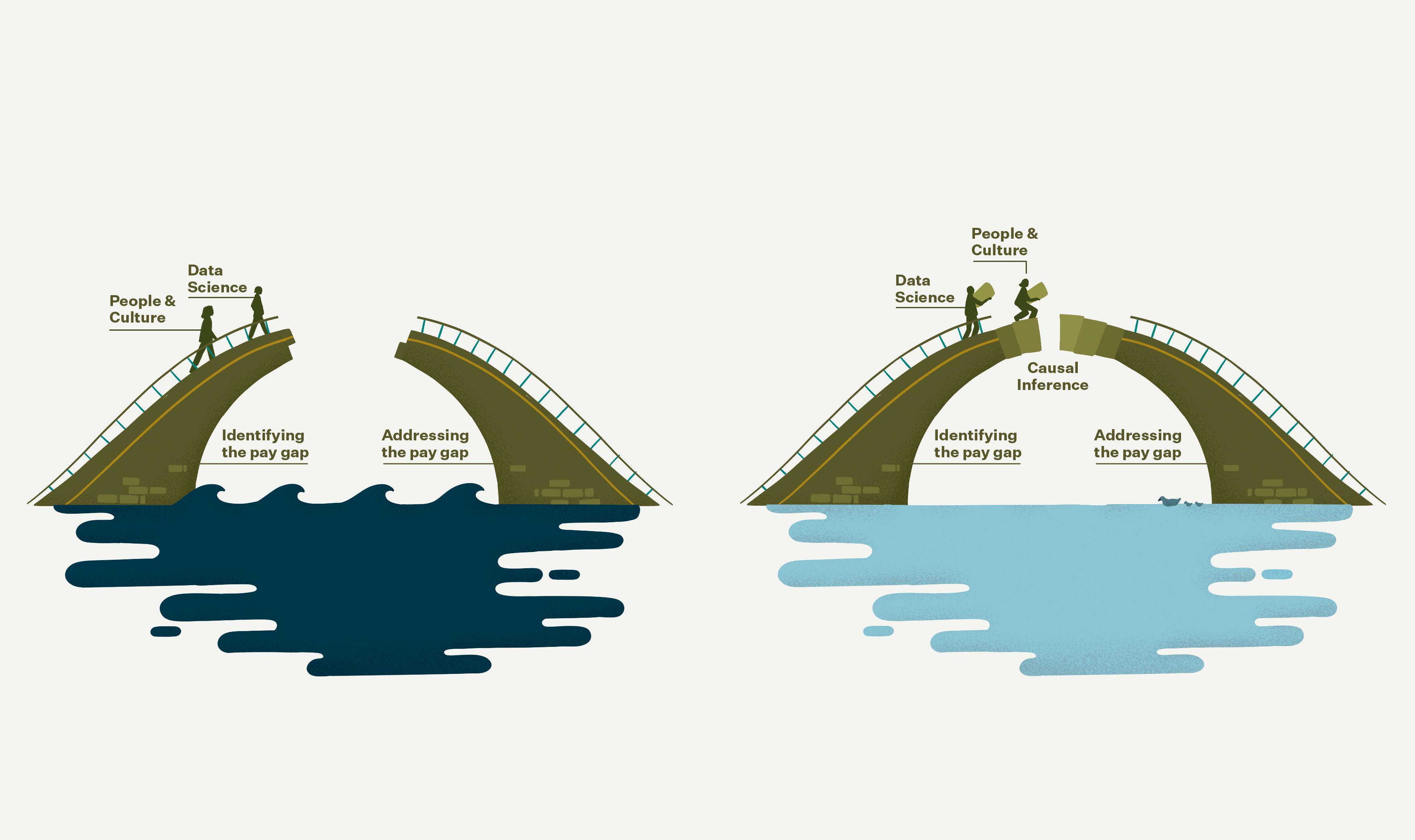Media release
From:
A new approach to tackling gender pay gaps in New Zealand’s public sector
A new study from researchers at Te Pūnaha Matatini and the University of Canterbury has developed a powerful new method to understand and address gender pay gaps in
New Zealand’s public research sector – just as the country’s Crown Research Institutes face major restructuring.
Despite decades of awareness and campaigning, the latest figures from Stats NZ show an 8.2% national gender pay gap across Aotearoa. But while public service organisations are required to report pay gaps, current methods often fail to explain why they exist – or how to fix them.
This new research, published in the New Zealand Science Review, introduces a novel statistical approach that uses simulated data and causal modelling to pinpoint the drivers of pay inequity. The method allows organisations to test the likely impact of specific interventions – such as promotions or salary adjustments – before implementing them.
The study focuses on Crown Research Institutes – government-owned research organisations that are currently being merged into three new entities. The authors argue this moment of change is a critical opportunity to embed equity into the foundations of the new system.
“Crown Research Institutes have both the data and the expertise to lead the way on pay equity,” says lead author Dr Tom Moore. “We’re hoping this method can form a focal point for collaboration between human resources teams and data scientists as the new Public Research Organisations form.”
The researchers used simulated salary-band data to reflect the structure of a typical Crown Research Institute, accounting for factors like role type, tenure, and full-time status. They found that simplistic interventions – like giving all women a flat pay increase – often fail to address deeper structural issues. In contrast, targeted changes informed by causal analysis can significantly reduce disparities.
“We wanted to move beyond just identifying pay gaps to actually testing what works to close them,” says co-author Dr Camilla Penney. “Our approach helps organisations understand the complex factors behind pay disparities and design smarter, more effective solutions.”
The study also highlights the importance of collaboration between human resources teams and data scientists, and calls for greater attention to intersectional pay gaps affecting Māori, Pasifika, and gender-diverse staff.
“Pay equity is not just a numbers game – real people’s livelihoods are at stake. So it’s about fairness, transparency, and making sure our public institutions reflect the values
we hold as a country,” says Dr Penney.
This study builds upon previous work by Te Pūnaha Matatini researchers that has tested whether men and women are paid different wages for adding the same amount of value to their employer, shown that women are disproportionately under-represented in senior academic positions within New Zealand universities, and that under-representation of women in science increases with rising status within the hierarchy.
Multimedia





 New Zealand
New Zealand


